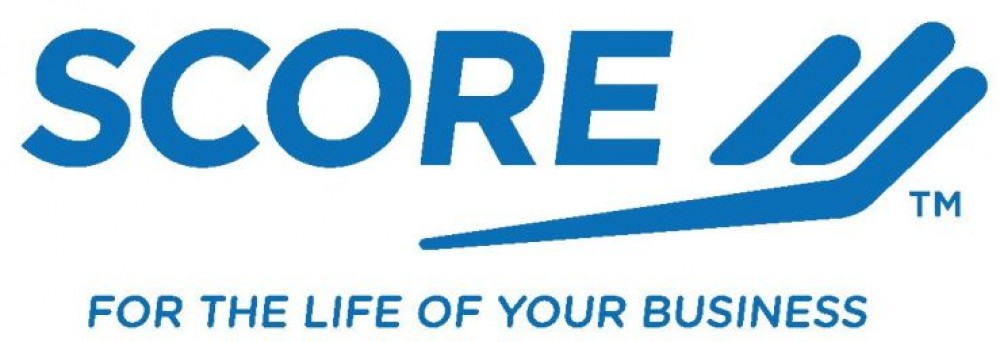Almost nobody really likes to sell. But small businesses that don’t understand the selling process can end up with stress-inducing revenue and cash flow problems.

Avoid the revenue roller coaster. What’s that? First the owner or team spends a lot of their time closing sales. While they’re closing sales, they’re not spending time delivering the product or service that customers will pay for. Revenue falls. Once the sales are made, the owner or team spends most of their time delivering the product or service, but not closing more sales. Money is coming in, but there aren’t many customers in the sales funnel. So the owner or team spends a lot of their time closing sales. It’s feast or famine.
Create a balanced sales process. Sales success depends on networking and prospecting, plus using your web site and internet tools to help potential customers find your business.
Most prospects start the sales process by doing an online search. When prospects start looking for more information about what you do and how you can help them, they identify themselves as potential customers. That way you can consistently spend part of your time interacting with prospects who have reached out to you. The feast or famine cycle is reduced.
Customer referrals are a great source of leads. Here your existing customers are doing some of the prospecting work for you. Referrals from strategic partners are also valuable. Outbound lead generation tools include networking, prospecting, email newsletters, presentations to outside groups, customer events, and advertising. Your web site, blog, social media sites, webinars and podcasts are inbound lead generation tools that let you leave a trail of content from the prospect to you. Find out which of these works best for you.
Start with a clear understanding of your target customer. If you don’t know who your target customers are or what their pain or opportunity is, how do you know what to say to them? How do prospects come to see you as the best vendor to help them? How do you screen out prospects you can’t help?
Respect your time and theirs. You have limited time every day or every week to spend with prospects. You have to spend that time with the best opportunities. Every sale starts with a prospect that has a need. Your sales process should help you understand which prospects have a need and intent to satisfy the need, and focus on them.
As you narrow the list of prospects, start checking social media to see what questions they are asking or what comments they are making that create a ‘buying signal’ for you. Do a Google search. See if they have a LinkedIn profile. Have they connected to or followed or liked any of your competitors? That’s a bad sign.
After you have researched the prospect, your first personal contact needs to focus on learning more about their problems or opportunities, and the payoff of addressing them. Don’t present your solution until you understand their situation. Your value to them will depend on how well your solution helps them. If you want your business to stand out from the competition, solve a more important problem.
SCORE counselors are available locally or on-line to help you create and manage a successful business. Call us in Pinellas County at (727) 532-6800 or go to www.pinellascounty.score.org.
photo courtesy of zizzybaloobah via creative commons license



